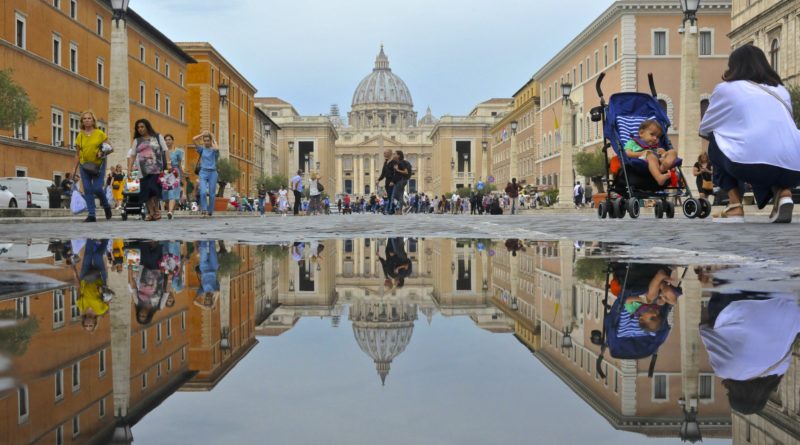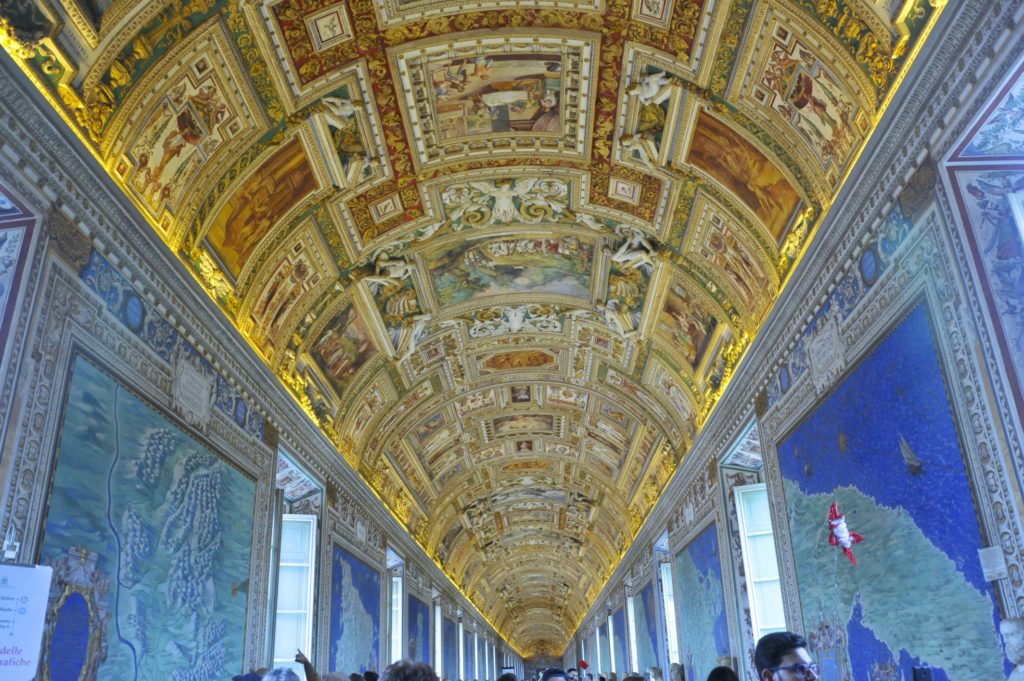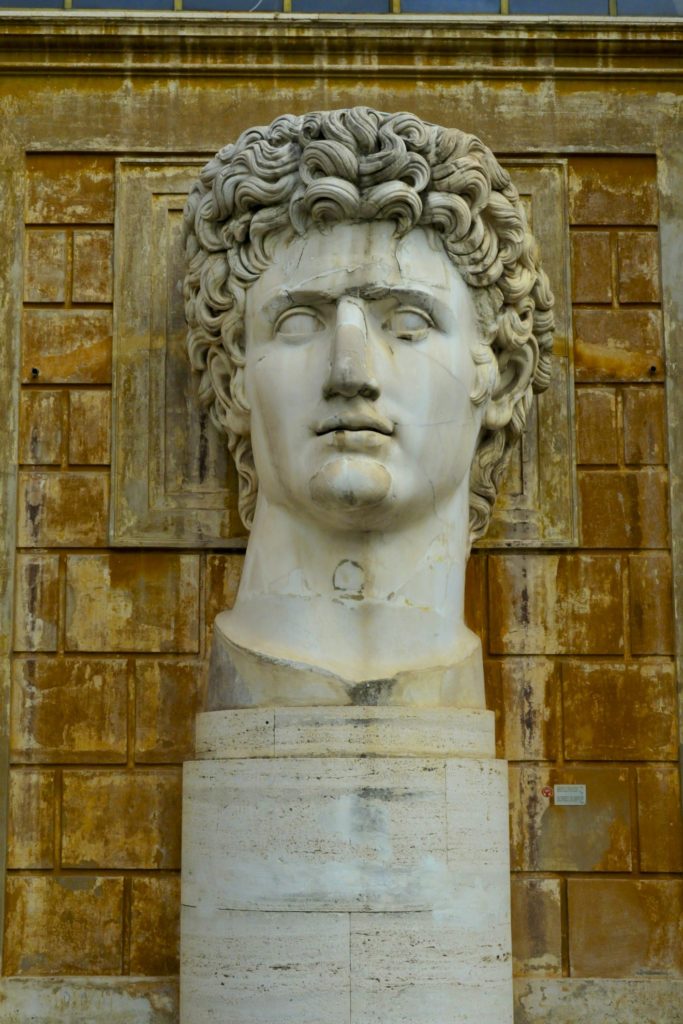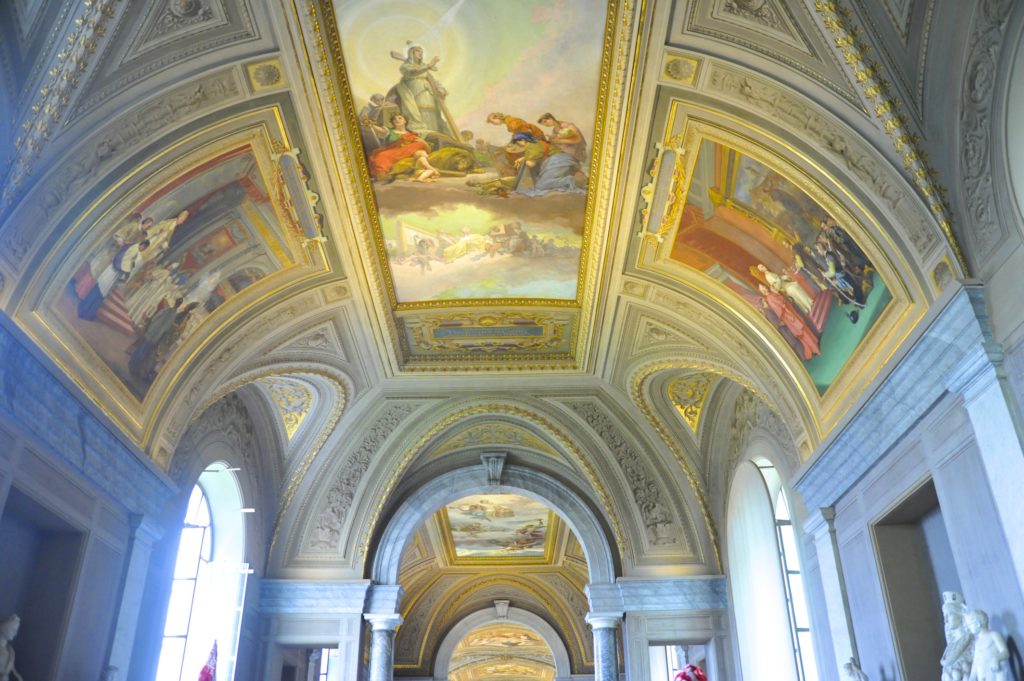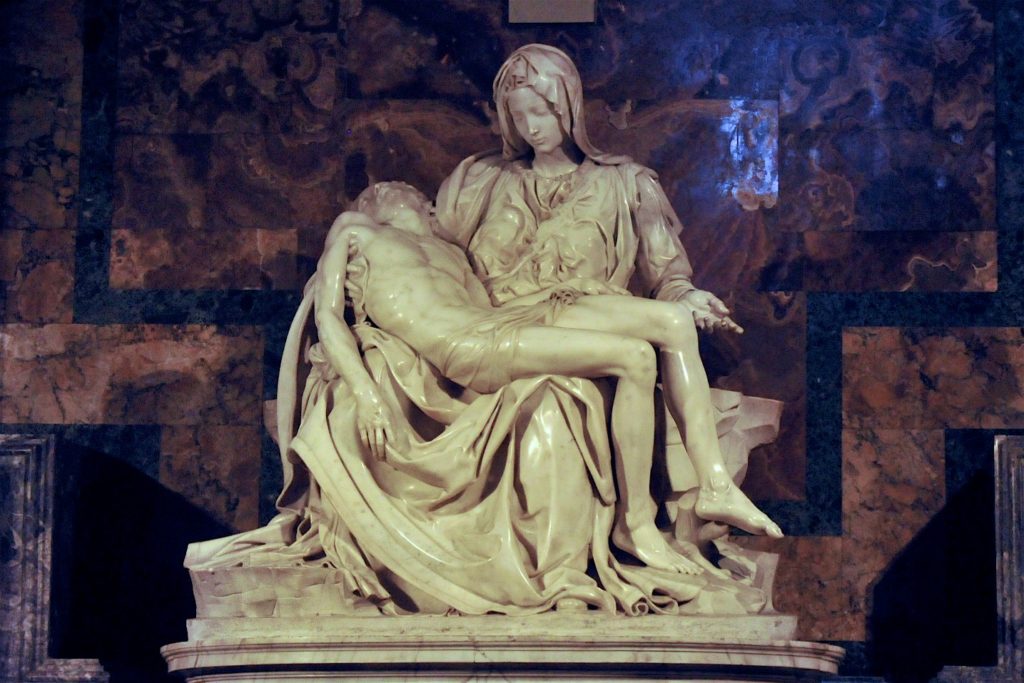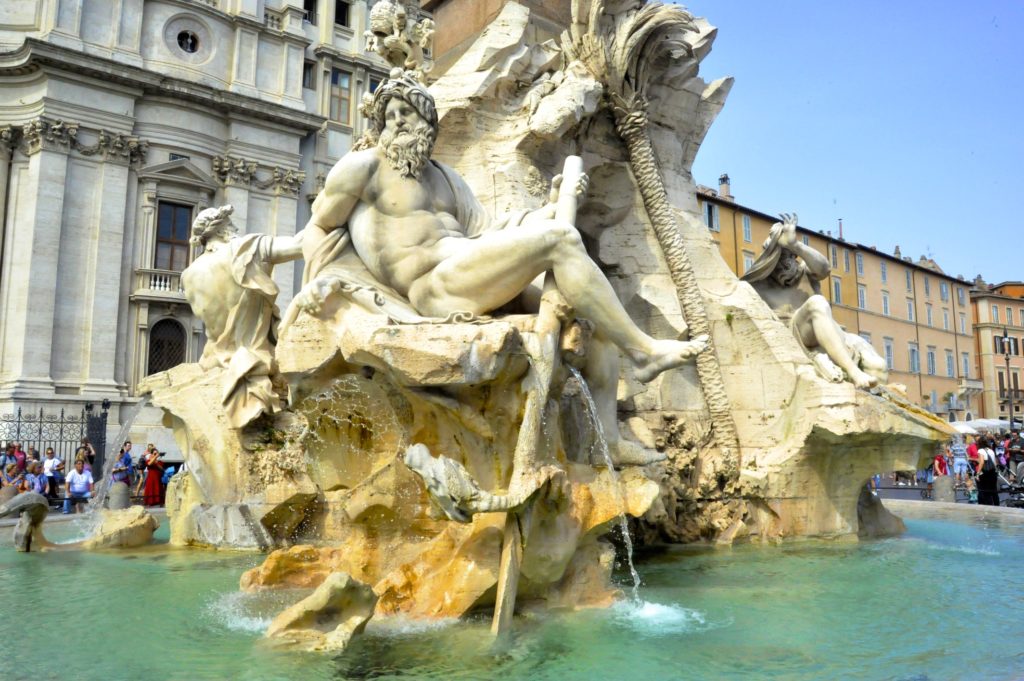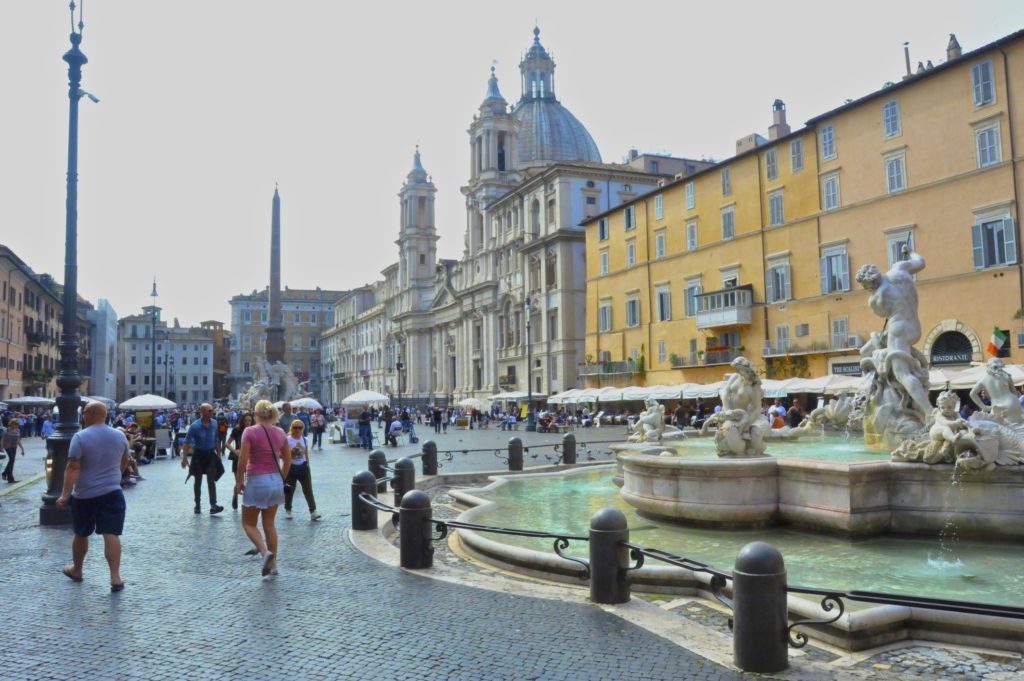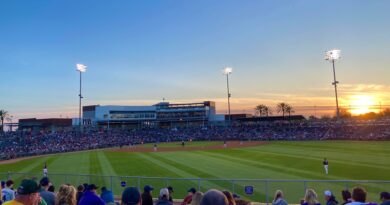Rome, Italy’s Epicenter
Nothing says Italy quite like Rome.
We spent three days in the center of old capital. Our apartment was just across the river from Hadrian’s Tomb and easy walking distance to the Vatican. Looking out from our fourth floor window there was a very nice clothing boutique in the building across the street to the right and a breakfast cafe down the block on the left. Right out our door was another even better cappuccino cafe with a wonderful butcher shop next to that. Another block down to the right was a cozy cafe where we stopped for breakfast the first day.
Our apartment was a wonderful, roomy 2 bedroom with lots of character. Our host, Phoebe Lentini, welcomed us with a nice bottle of wine and a delicious appetizer tray. She was very accommodating and fun to talk with. Seems she was a transplanted American who had married an Italian, had done a lot of traveling and happily ended up in Rome. I believe they owned the building and lived on the top floor immediately above us. The elevators in these old buildings are always afterthoughts that are squeezed into some spot, who-knows-where. The one in this building could hold you and one suitcase. That was it.
Our time in Rome was filled with a lot of walking. As I recall, we walked between 6 and 12 miles each day. Two blocks from our apartment and across the Tiber River is Hadrian’s Tomb. On the way to Vatican City, it is also known as Castel Sant’Angelo. Originally the tomb for the Roman Emperor Hadrian, it was converted into a fortress in the 5th century. It’s not the dressiest building you will see in Rome, but it has a story as nearly all of Rome does. Through history its uses have made it something of a conglomeration. For instance, the statue adorning the top is the Archangel Michael, who supposedly earned his place there as the vision of Pope Gregory. The Pope dreamed of Michael sheathing his sword over the building, which to the Pope signified the end of the Great Plague. In the middle ages it served as a refuge for Popes; later it housed papal apartments, was used as a prison, and became a military barracks. Restoration was finally begun in 1901.
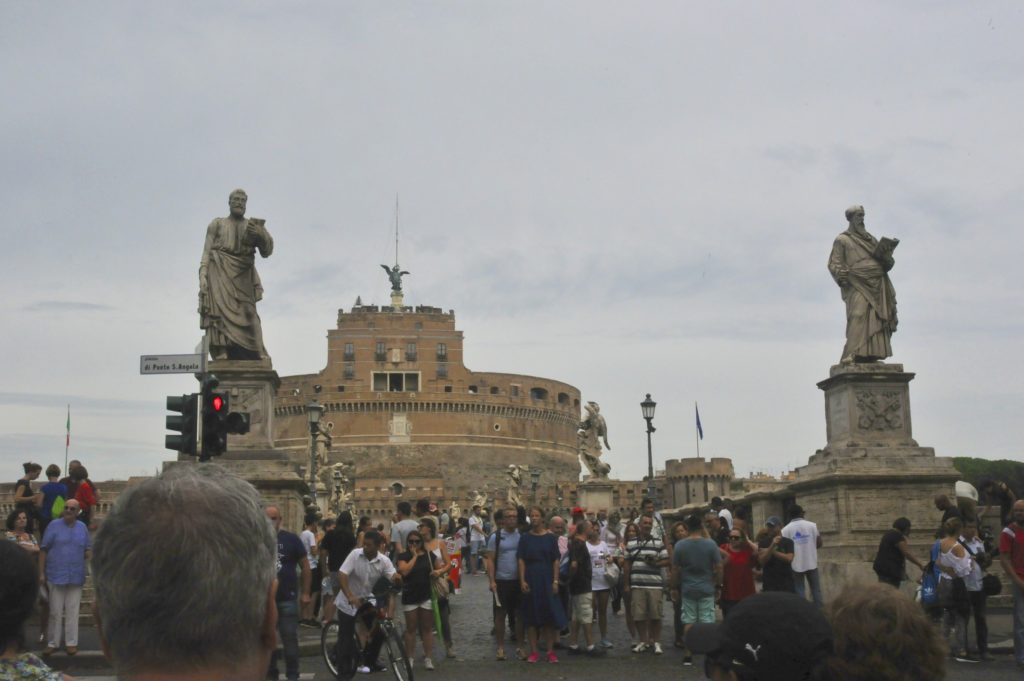
The side streets of all Italian cities are interesting and earthy. They are usually full of rich tones and the occasional bright color, with a neighborhood cafe, or butcher or grocery, or all of the above. Life is local here and everything is always in walking distance. Lots to see and the Italian people make it fun; despite all the tourists they remain remarkably friendly and hospitable.

The streets of old Rome. A quaint little bike shop… 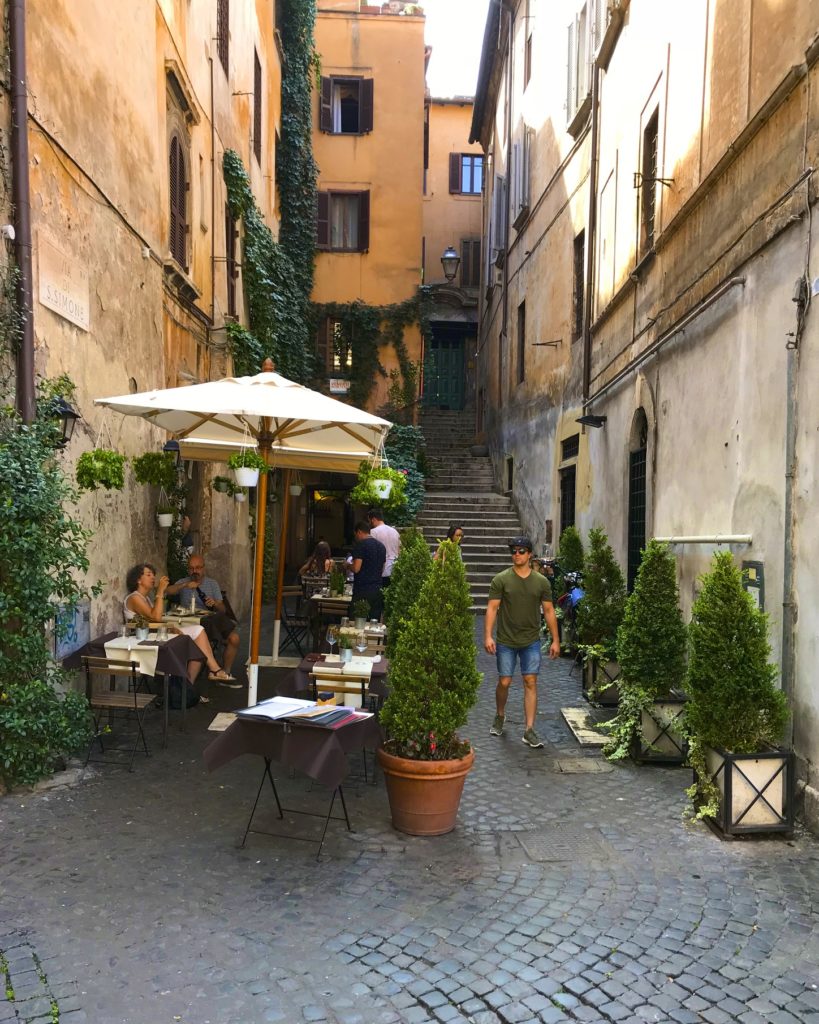
…and just another lovely neighborhood alcove above
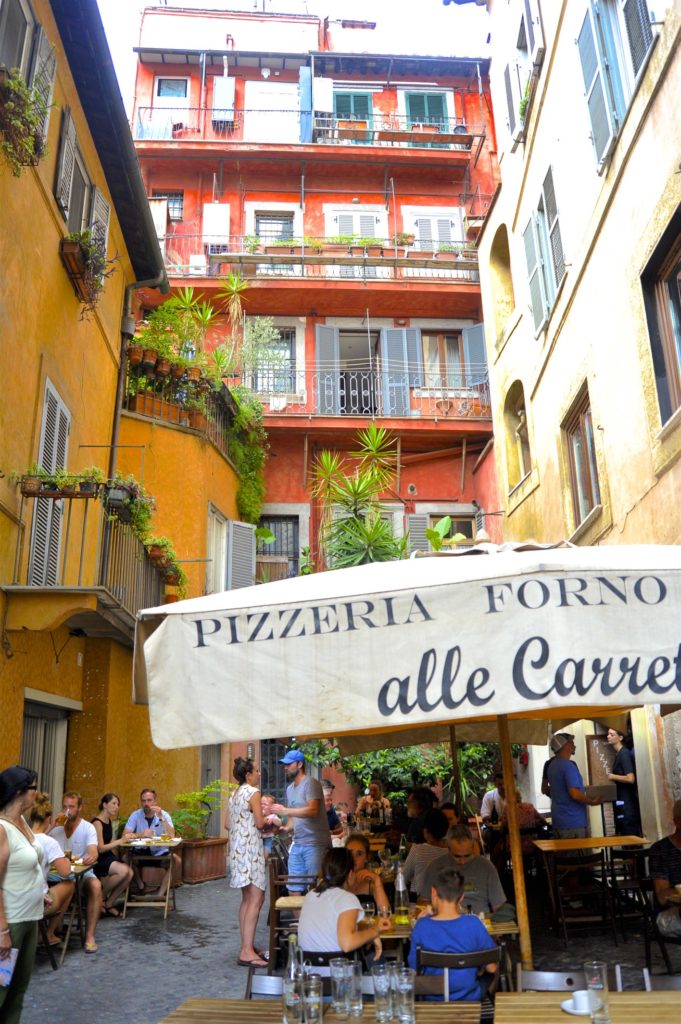
Just a typical alley with a neighborhood pizzeria 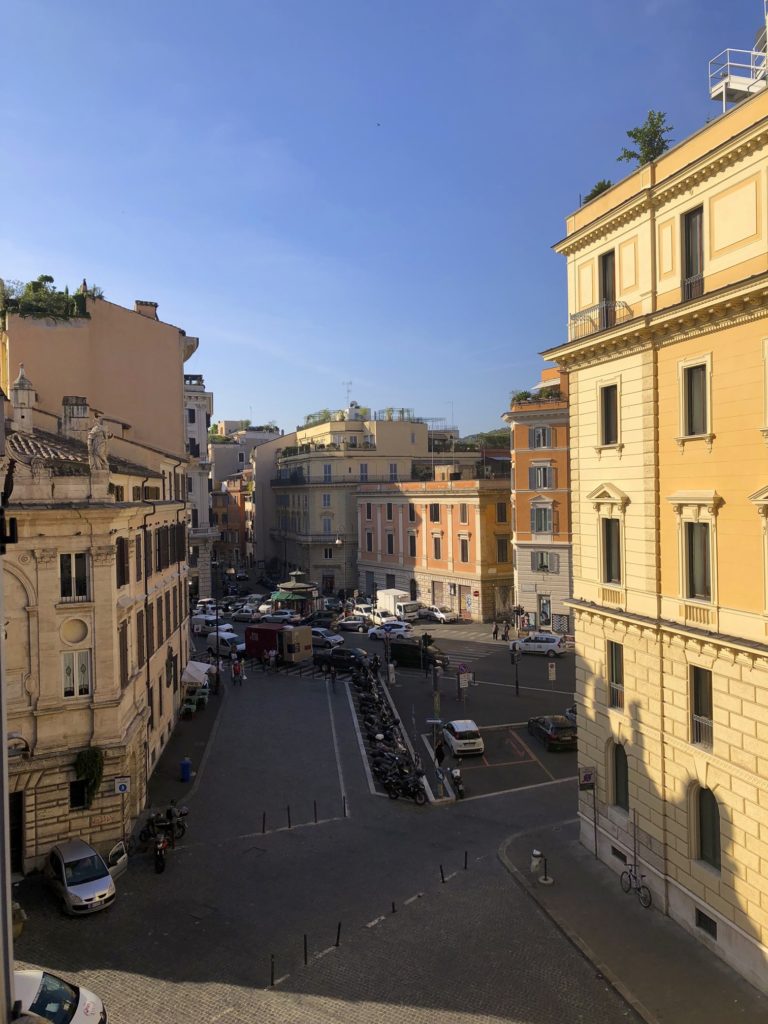
The view from our apartment window. Step out onto the street – to the right, there’s cappuccino, a grocer and a butcher; to the left there’s another coffee and breakfast shop and a few doors down begins a string of restaurants. Across the street – a clothier. It’s all right here, as it is in every little neighborhood
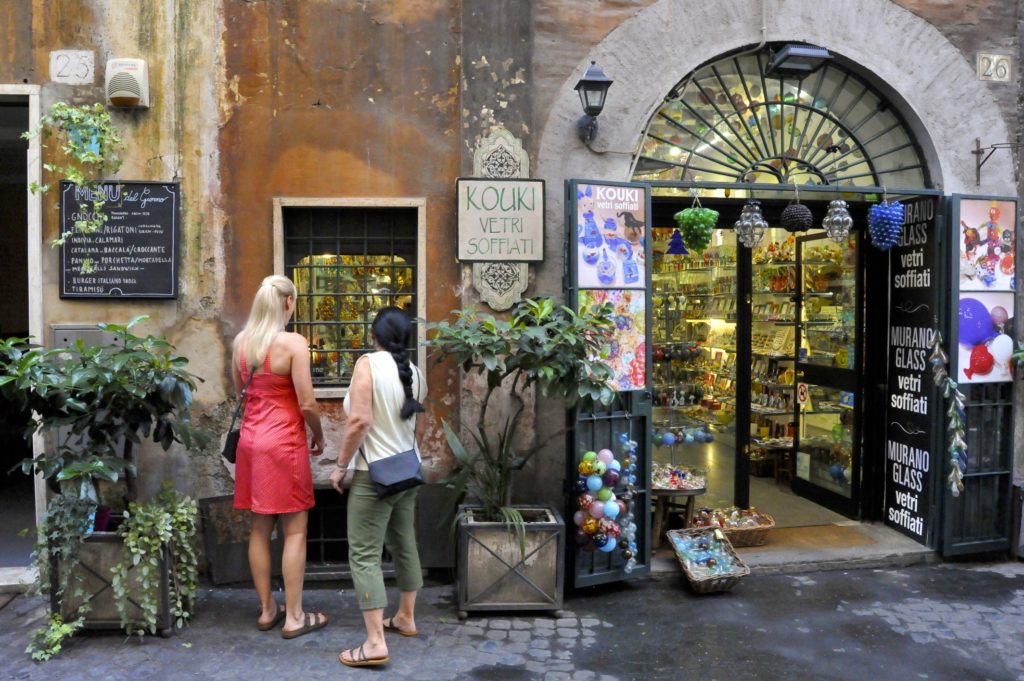
Now to the Vatican. Although there are many reasons to go Rome, this is the only one really needed to justify it. Visiting is something of a fiasco. In a normal year, the Vatican hosts over 10 million visitors. At the entrance to the Vatican Museum was a cue that took us about 20 minutes to get through – and this was the fast “skip the lines” ticket that you naturally pay extra for. Truthfully, it was shorter.
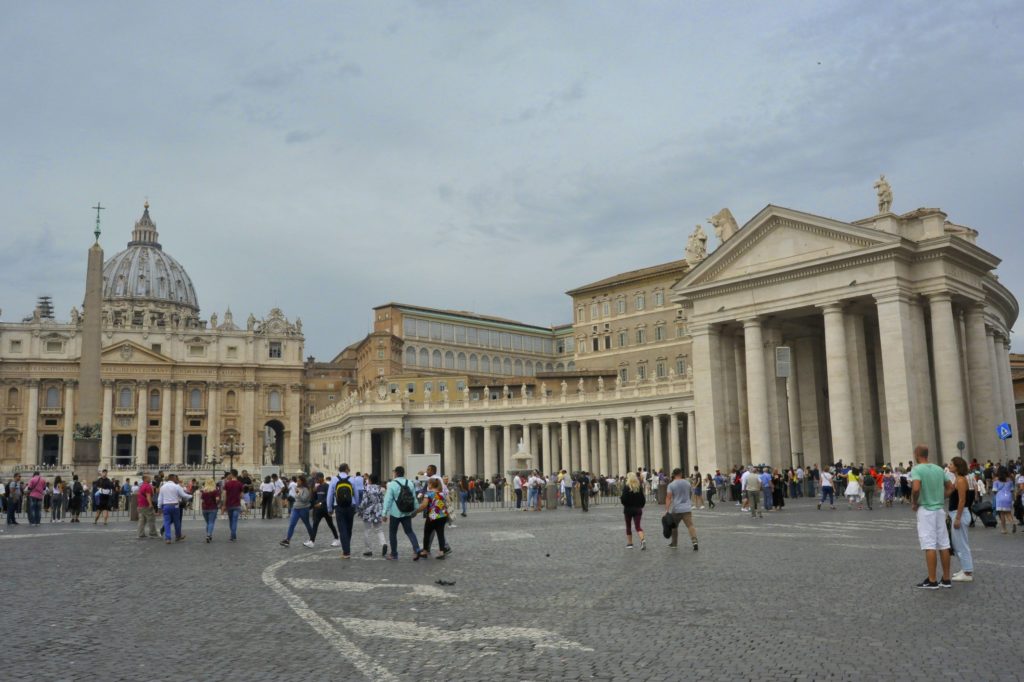
At left is the 400 foot long Gallery of Maps. The walls are covered with painted maps from the 16th century. The ceiling is covered with relief sculpture and frescos – but wait, those are not relief sculptures; they are very cleverly painted shadows to make the paintings look as if they are 3D. How’s that for skill? The Gallery of Maps represents all of Italy, and is organized so one can tour the country beginning with the Toe at the entrance to the Alps at the exit, with eastern Italy on the right and western Italy on the left. The ceiling depicts moments of historical church events in each of the regions.
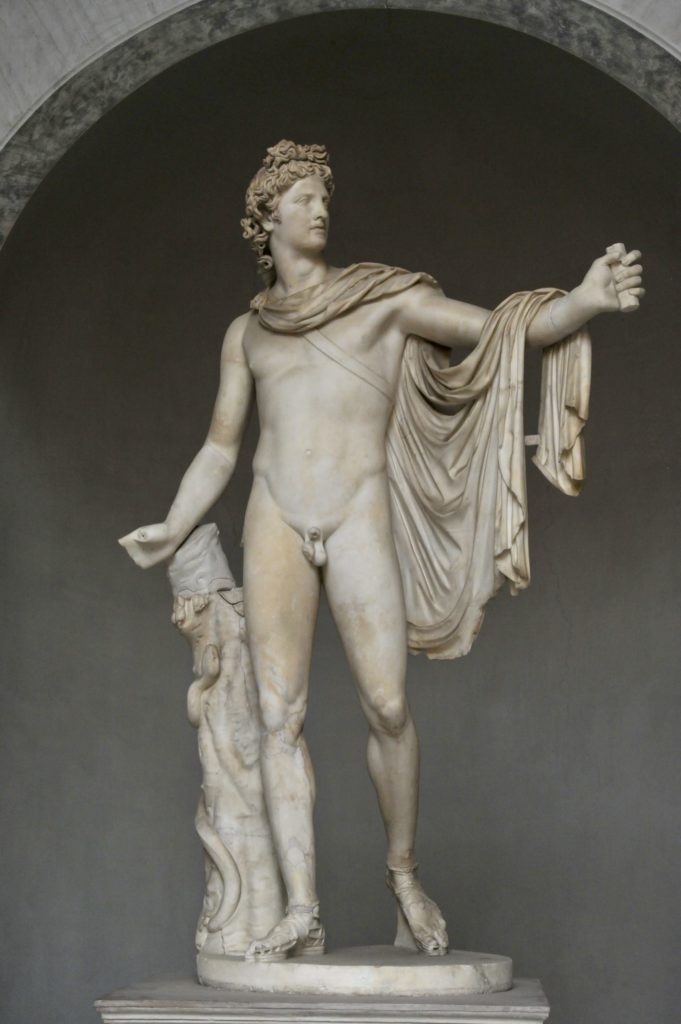
At right is a roughly 10-foot tall Roman bust of Julius Caesar Agustus, who greeted us along the main walkway leading into the Vatican Museum. If you think it looks familiar, it served as inspiration for Michelangelo’s his epic masterpiece, the 17-foot tall sculpture of David, which is found in Florence.
In the Belvedere Courtyard of the Vatican Museum, we found several sculpture masterpieces including this one, the Apollo Belvedere. It was widely considered the greatest sculpture of ancient times. The left hand once gripped a bow from which he presumably just released an arrow. This work is dated at approximately 150 A.D. and is thought to be a copy of a bronze from 320 B.C. by Leochares. It has been in the Vatican since at least 1508.
The statue below of Laocoon and his two sons was found one day in 1506 on the Esquiline Hill in Rome. It was immediately and excitedly identified as the Laocoon masterpiece described by Pliny the Elder as the work of the sculptors of Rhodes in Greece.
This moment depicts the death of Laocoon and his sons at the hands of sea serpents sent by the Gods Athena and Poseidon. The Gods favored the Athenian Greeks in their war with Troy. Laocoon, a Trojan, came to this fate after warning the Trojans against accepting the Greek gift of the famous Trojan Horse and spawning the phrase, “Beware Greeks bearing gifts.”
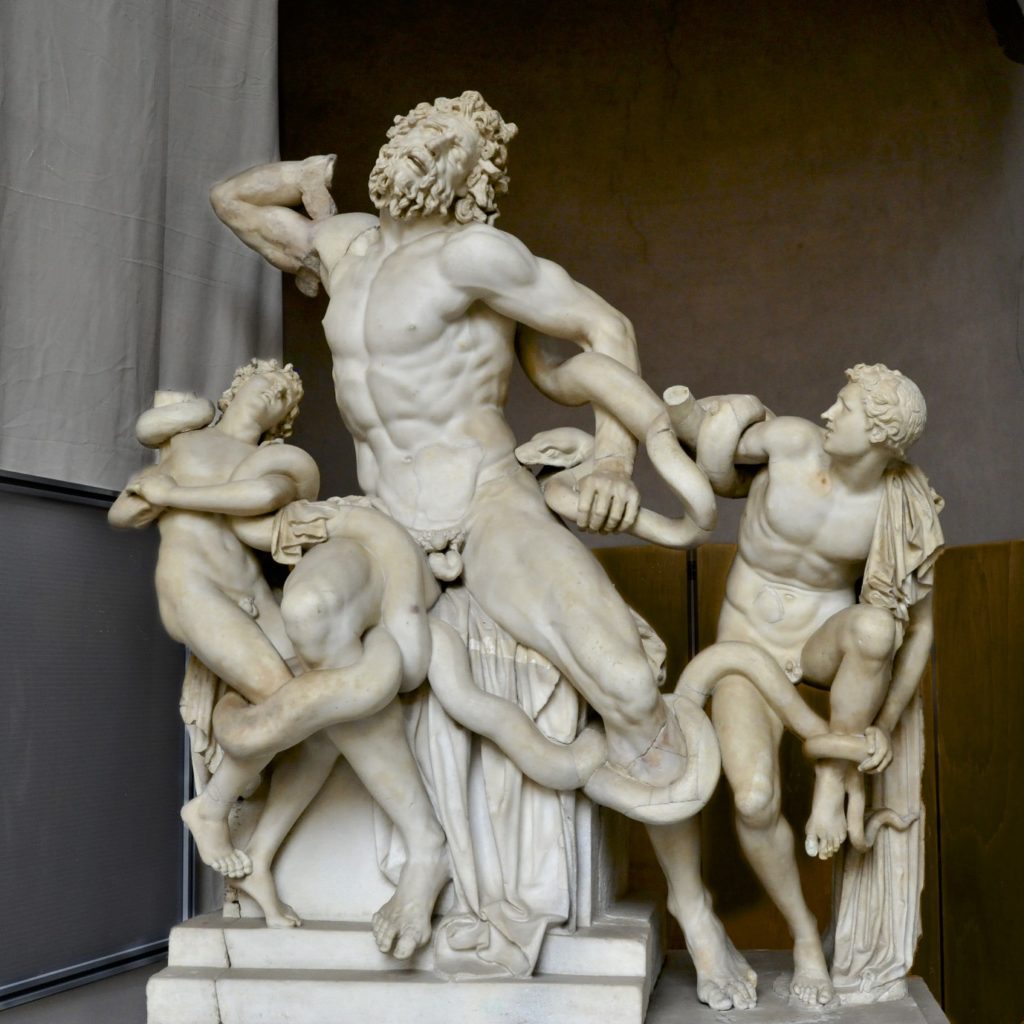
Romans considered Laocoon an important figure in their history, as Aeneas, an eventual founder of Rome, heeded Laocoon’s warnings and did indeed flee Troy. The statue is believed to have been carved around 35 B.C.
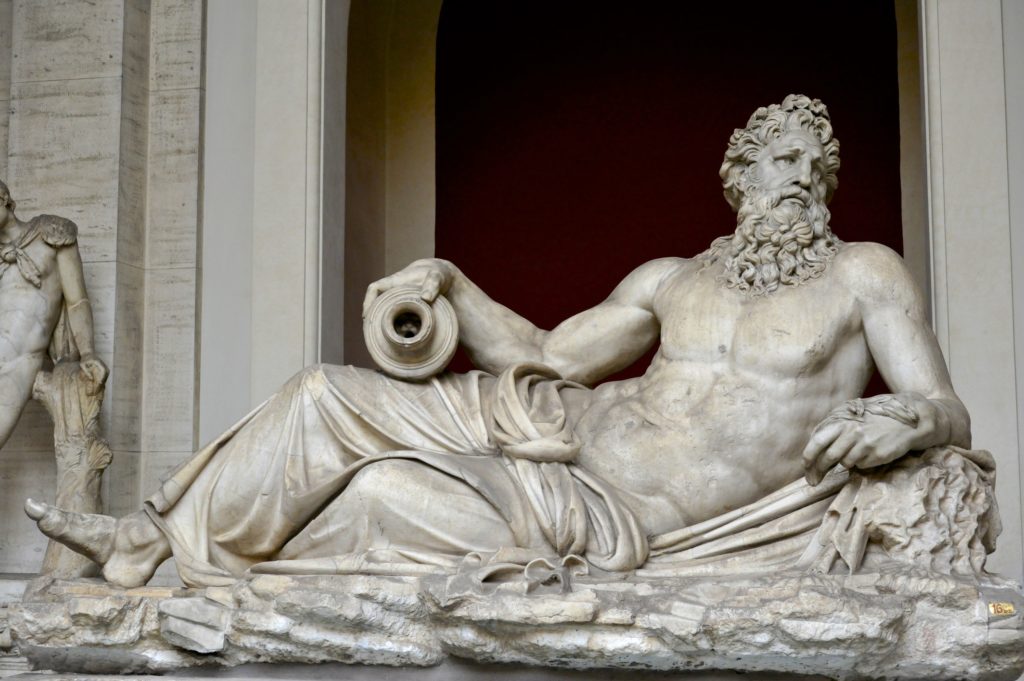
Finally lies the reclined sculpture of Arno, the River God. This piece dates from the age of the Emperor Hadrian. Inspired by a Greek prototype, it was also repaired and restored by various Renaissance artists who replaced many parts including the head. In the vase, one can vaguely see the nose of a small lion’s head, probably intended as an homage to Pope Leo X Medici (1513-1521) and suggesting an identification with the Arno river that runs through Florence, home of the Medici.
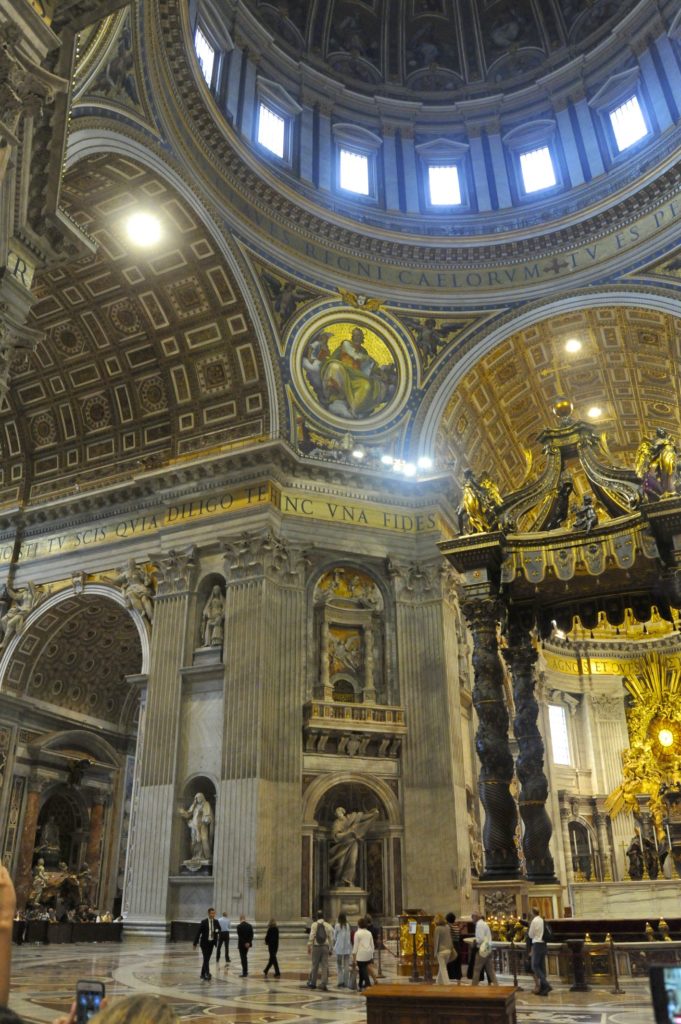
In this picture you get a sense of the scale of St. Peter’s Basilica. In here, if it looks like gold, it is gold – and there is lots of it. There is so much symbolism everywhere, one pretty much has to be a theologian or architectural historian to understand it all.
This picture at the Crossing, where the Transept crosses the Nave, shows the ornate, 94-ft tall baldacchino alter (said to be the world’s largest bronze piece) and some of the dome, which is an amazing 448 feet tall.
Rome, as most Italian cities, are built around Piazzas, or squares. All squares have fountains, which in ancient times were the source for everyone’s water. And since everyone must go to the square, it also became the central point for most daily or special activities. The Piazza Navona is probably the most famous and largest square in Rome. There are multiple fountains here and always lots of activity.
We had lunch at the edge of this square, which was on the way to the Pantheon and the Colosseum from our apartment. The Fountain of the Four Rivers (below) was officially inaugurated in 1651 after a design by Bernini. The sculptures symbolize the then world’s four greatest rivers – the Nile, the Ganges, Danube and the Rio de la Plata (the Mississippi). Each sculpture also represents the four known continents with animals and flora from each region. The Nile, at right, symbolically covers his face, as the origins of his waters were then unknown. The Ganges is in the foreground with the Danube far left.
From here, we ventured a few blocks east to the Pantheon. One of the best preserved Roman temples, the Pantheon was built by the Emperor Hadrian in 126 AD. Originally pagan, it was converted into a Catholic church. In Greek, Pantheon means, “All the Gods.”
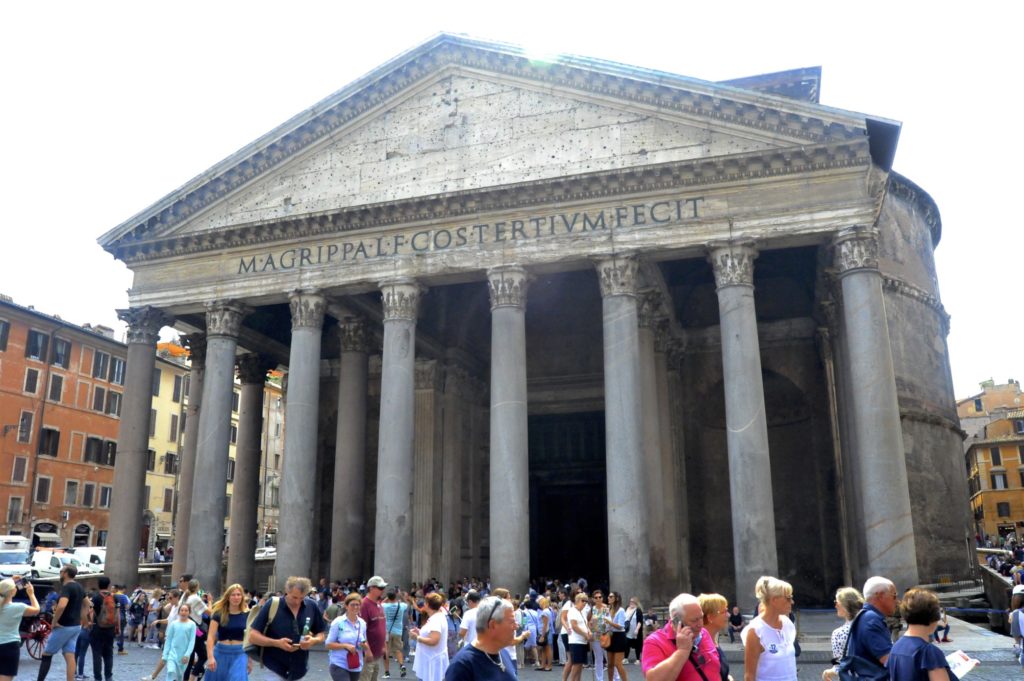
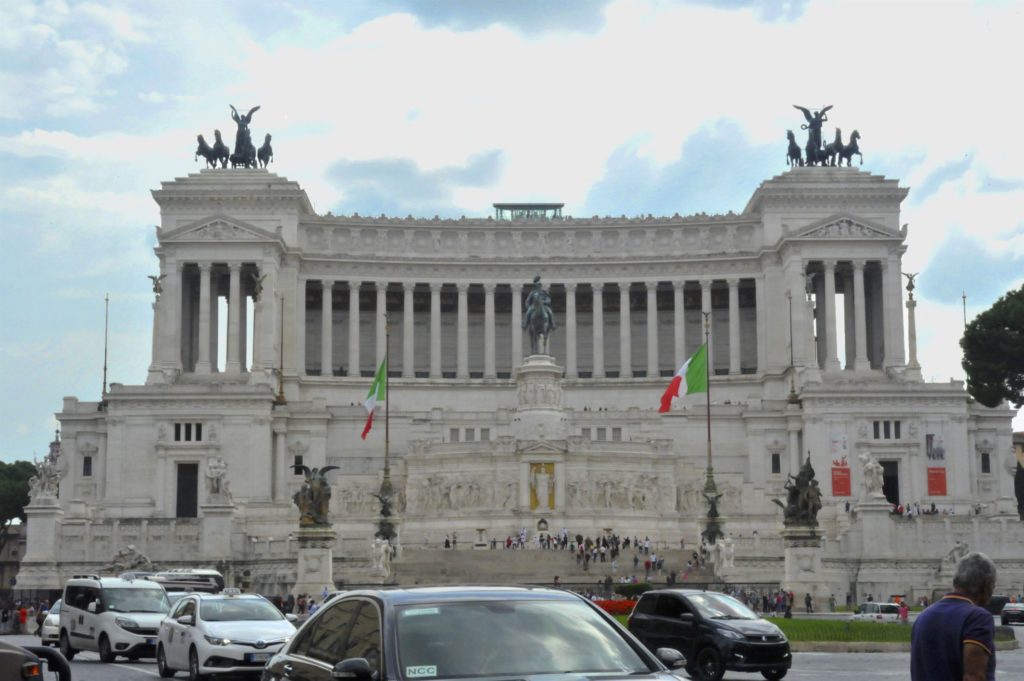
While it looks to be from the Roman Empire, the Il Vittoriano in the Piazza Venezia was actually built between 1885-1925 to honor Victor Emmanuel, the first king of a unified Italy. Many Romans indicate their distaste for the building by referring to it as “The Wedding Cake.” It’s impressive nonetheless.
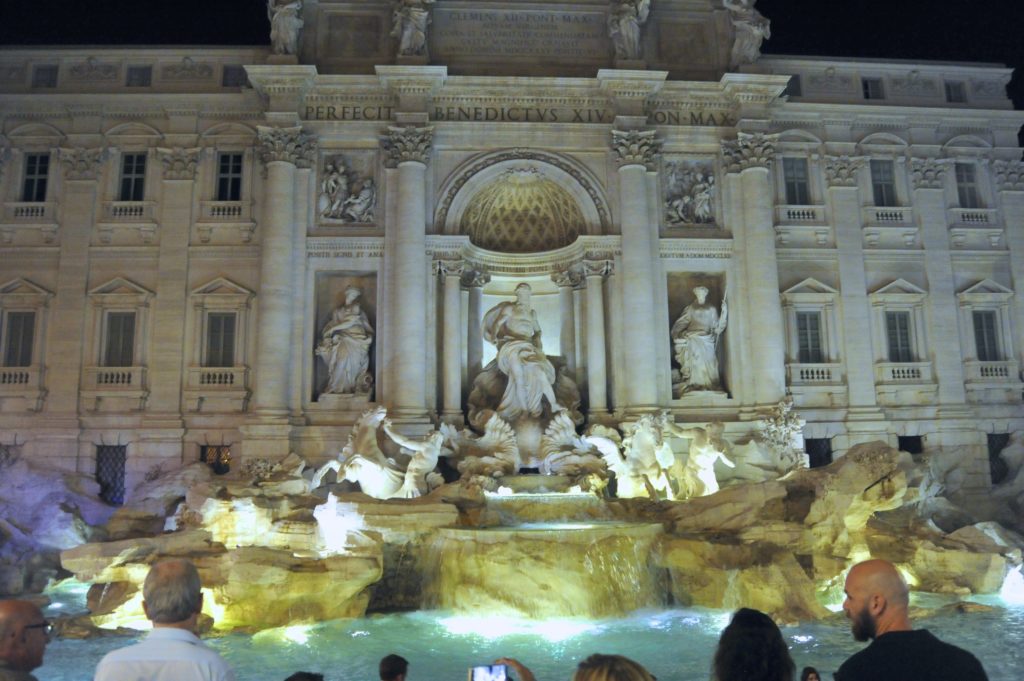
Just around the corner from the Trevi Fountain are the Spanish Steps. 174 steps comprise this baroque era architecture finished in 1725. It was built to link the Trinita dei Monti church, under French patronage, with the Spanish Embassy square below. For a time this square was considered Spanish Territory.
This is only a small sampling of what there is to see and do in Rome. It’s busy, but it’s beautiful and the food is excellent no matter where you go.

